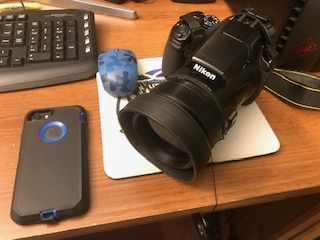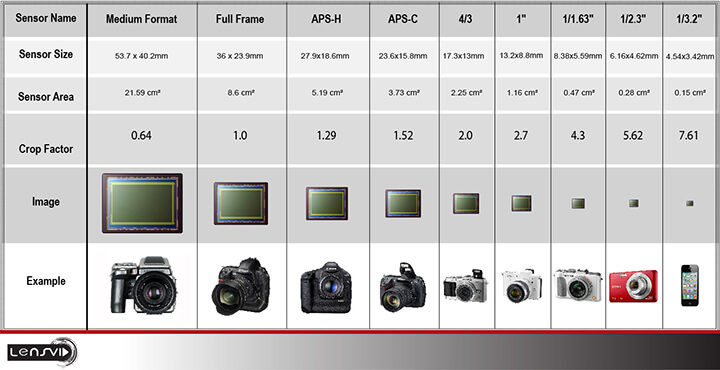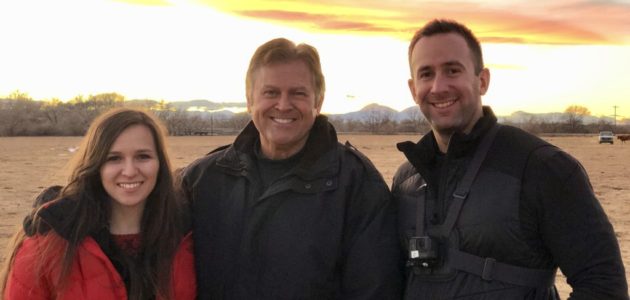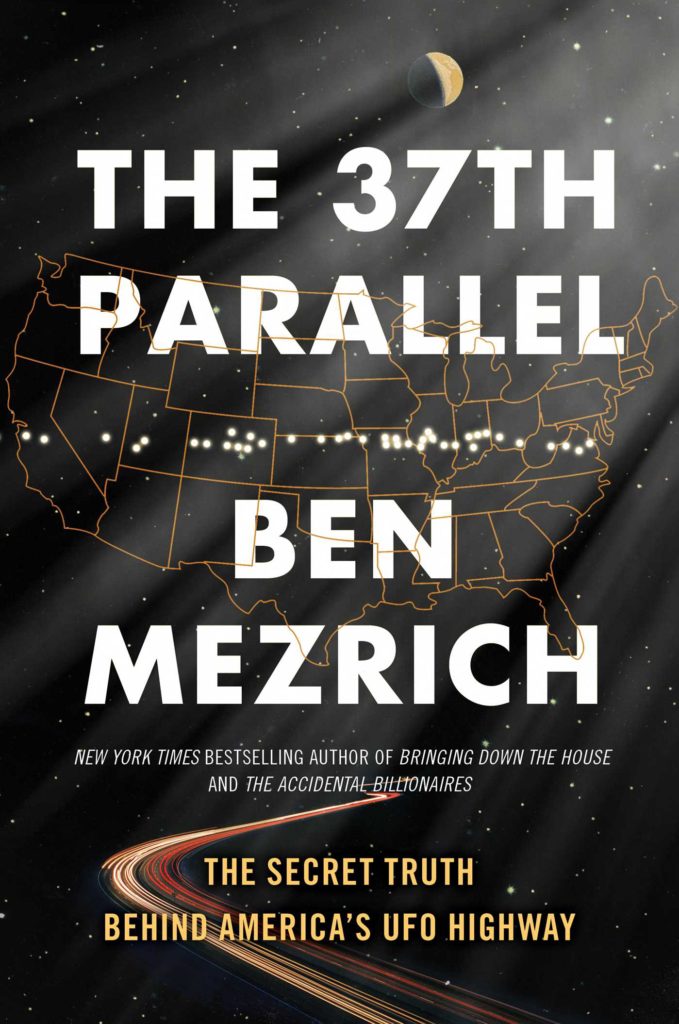Cell Phone Cameras, DSLR Cameras and UFO’s.
Today more and more UFO sightings are being photographed due to cell phone cameras. The average cell phone has a photo and video capability which enables every person who has one, the advantage to record any unusual event they experience while having the phone on their person. This is a good thing especially when the sighting is observed and recorded, but sometimes a bad thing if the anomaly is only seen afterwards while viewing recently taken pictures. In other words, the person taking the picture didn’t notice or experience the anomaly while taking the picture. Cell phone camera optics and shutters are not as good as a stand alone camera and can cause anomalies. Now some may argue that they are, but hey if you want your wedding photographer to shoot your wedding with their cells phone, then more power to you.
So this blog is to give the reader an idea about picture quality between a cell phone camera compared to a regular digital camera, especially a DSLR camera which is quite common. I’m not encouraging people not to take pictures of a UFO with their phone cameras, please do, what I want to stress here is, the pictures you take may not be very good. If you see a UFO and your cell phone has a video mode, please shoot it with video and try to get some landscape in the picture so investigators can compare the size of the object your shooting to landmarks like trees or buildings. Clouds suck so don’t use them as a comparison. Also if you took a picture of a UFO which is just a light in the sky, it tells us investigators nothing. Could be a star could be a planet could be an airplane, doesn’t matter what your story is, the picture can’t back it up. That’s why I suggest shooting video, if the object is moving, then we can critique it.

What’s the big difference between cell phone cameras and stand-a-lone cameras like a DSLR? Well a few things, one, the size of the lens, two, the image sensor, three, the shutter mechanism and four, the zoom. Even though both cameras are digital they both have their pros and cons, especially when photographing UFOs.
First let’s look at lens size:
The average smartphone camera is equipped with a stationary wide-angle lens with a focal length of around 4-5 mm. The focal length is about equal to the thickness of the phone itself.
Focal Length: The distance between the center of a lens or curved mirror and its focus.
The average DLSR camera (digital single-lens reflex) has a standard lens around 18-55 mm. This is usually what you see with your own eyes. The bigger the lens, the more light that can be used for the camera’s digital image sensor.
Next we look at the sensor:
The sensor is the backbone of any digital camera. It’s what captures light information that is then processed into an image. The image sensor consists of an array of light-sensing pixels at the focal plane of the lens. The pixels themselves are made up of thousands of micro transistors arrayed out in rows and columns.
Back in the day the most popular film format or size was 35mm. When digital cameras started replacing the film cameras, the 35mm film was replaced by the 35mm camera sensor. A DSLR camera with a 35mm sensor is knows as a full-frame camera.

Looking at this chart from “thesmartphonephotographer.com” you can clearly see the sensor size difference between different types of cameras. The larger the sensor size, the more transistors within them which means more pixels, which means more light is being used for your picture. More light equals a better picture. A full-frame 35mm sensor measures 864 square millimeters and smartphone sensor measures around 43 square millimeters. That’s about 20x smaller so software is used to enhance pictures from smaller sensors which will lose clarity.
Now we look at shutter mechanisms:
There’s mechanical and electronic. Smartphone cameras have an electronic camera shutter, while DSLR cameras have a mechanical. The difference is smartphone camera shutters work by switching the camera’s sensor on and off to let light in, and mechanical shutters are basically a physical door opening and closing flooding the sensor with light. Both have their advantages and disadvantages.
First electronic shutters can offer a much faster shutter speed but there is an issue. When you take a picture with a cell phone camera, the image data is read from your camera’s sensor line by line just like how you’re reading this blog. This means when the electronic shutter completes an exposure, there could be a short delay of time between the top of the frame (like reading from the top of this blog page) and the bottom of the frame (like reading to the bottom of this blog page) causing a slight defect in the picture resulting in some strange looking effects. With a mechanical shutter, the light comes in and saturates the sensor all at once. This would be like looking at this complete blog and reading each line all at once. wow
That’s why DSLR cameras can take fast moving pictures better.
Also when shooting with an electronic shutter and how the light sensor captures light line by line, flickering light can be an issue which is a disadvantage when taking a picture of a flickering UFO.
When shooting with an electronic shutter, flickering light may be its brightest or darkest when the first couple of rows in the sensor are being read and as the flickering light is being read throughout the sensor by pixel rows, a banding pattern can exist. This effect doesn’t happen with a DSLR camera that has a mechanical shutter that floods the pixel array all at once.
Under normal circumstances cell phone camera pictures are pretty good, but under not so normal circumstances like taking a picture of a UFO, cell phone pictures can be skewed. Cell phone cameras and their software are designed to give you the best picture possible under normal circumstances which includes software manipulation of the image. DSLR cameras in auto mode do the same thing, but you can easily change the auto mode to manual, to get you more of a, “what you see is what you get.”
Lastly zoom:
Zoom comes in to play when using cell phone cameras compared to DSLR cameras. If you’re witnessing some type of paranormal event and need to zoom in for a better picture, the DSLR is a better way to go. Why?
Simple, cell phone cameras use a digital zoom compared to DSLR cameras which use an optical zoom. Cell phones with fixed lenses that don’t zoom or prime lenses, their focal length never changes, but optical zoom cameras which are made of glass elements, their focal length changes as it zooms.
Remember focal length is the distance between the center of a lens or curved mirror and its focus.
The main difference is, the cellphone camera uses a fixed image then embedded software zooms in to that fixed image. It’s like cropping a picture on your computer then enlarging the cropped section to the size you want. Clarity will be lost, maybe not as much as you may notice, but never-the-less data is lost. With an optical zoom camera, the image is brought closer using lenses then the image is captured. Since there’s no cropping occurring, you don’t get a pixelated image.
Obviously there is a big difference between cell phone cameras and stand alone cameras. No matter how much you love your $1100 dollar cell phone with enhanced camera options, I love my $1100 DSLR camera more, but then again, I’m a UFO Field Investigator. There’s no debating picture quality, one is designed to just take pictures, and the other is a mini computer, cell phone, and social media pain in the ass. (ha ha) Don’t get me wrong, I like my cell phone and in a pinch will use it’s camera capability to capture an unusual event, but with the good comes the bad which could be picture quality.
So if you have the opportunity to capture a UFO on a cell phone camera, try and remember its limitations. Use the video mode and include some landmarks for size comparison, and if you can’t use your phone or camera, just enjoy the experience.
Happy hunting!
Blog info links:
– Fujifilm-x.com: https://fujifilm-x.com/en-us/stories/advanced-month-3-motion-9-electronic-shutter/
– Prophonephoto.com: https://prophonephoto.com/do-smartphone-cameras-have-shutters/
– Thesmartphonephotographer.com: https://thesmartphonephotographer.com/phone-camera-and-dslr-differences/
Category: The Z-Files









